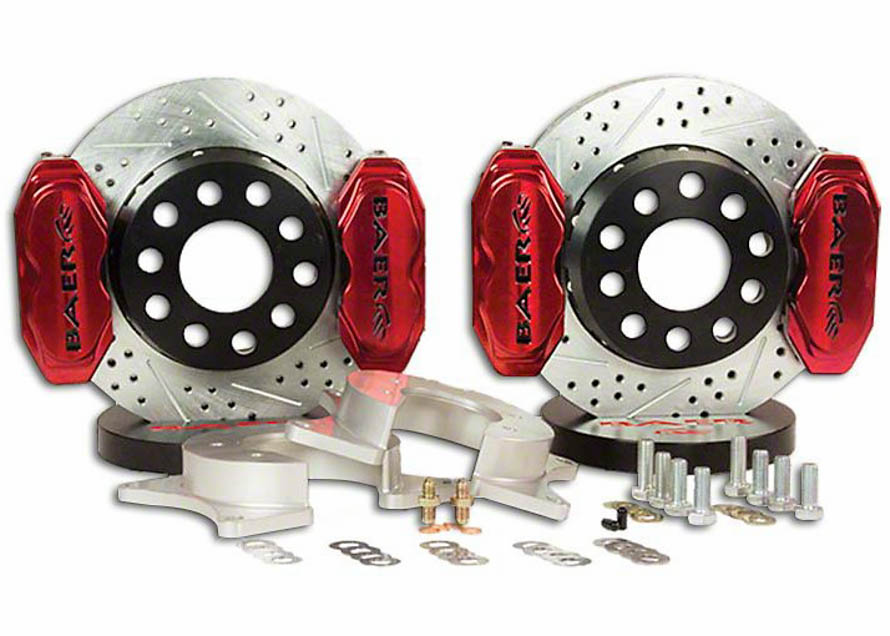The brake system on your truck has the big responsibility of bringing 4,500+ lbs to a stop in a safe and reasonable distance. Aside from the tires, there is nothing else more important from a safety standpoint on your vehicle than your brakes. Comprised of several different components, your Silverado’s brake system can be easily upgraded and maintained and should be on a regular basis. This guide will go over everything you need to know about your Chevrolet Silverado brake system and components.
Contents
- What are Silverado Brake Parts & How Do They Work?
- How Often Should I Check My Silverado’s Brakes? Maintenance Explained
- Aftermarket Silverado Brake Pads Explained
- Aftermarket Silverado Brake Rotors Explained
- Aftermarket Silverado Brake Calipers Explained
- Aftermarket Silverado Brake Lines Explained
- Aftermarket Silverado Fluid Explained
- Silverado Big Brake Kits Explained
- Silverado Brake Pad & Rotor Kits Explained
- How Difficult is it to Replace the Brakes on My Silverado?
Shop Silverado Brakes
Stopping your truck and its cargo can be sketchy business if you're overloaded or haven't kept up on maintenance. If you want to handle tougher loads and stay safe on the roads, be sure to upgrade your brake system first.

